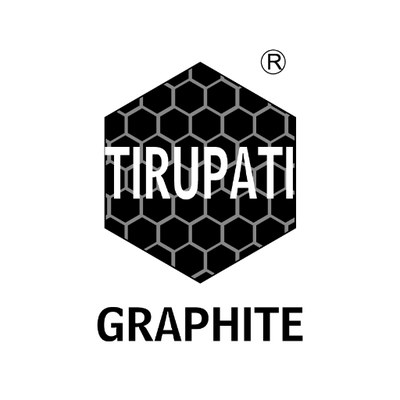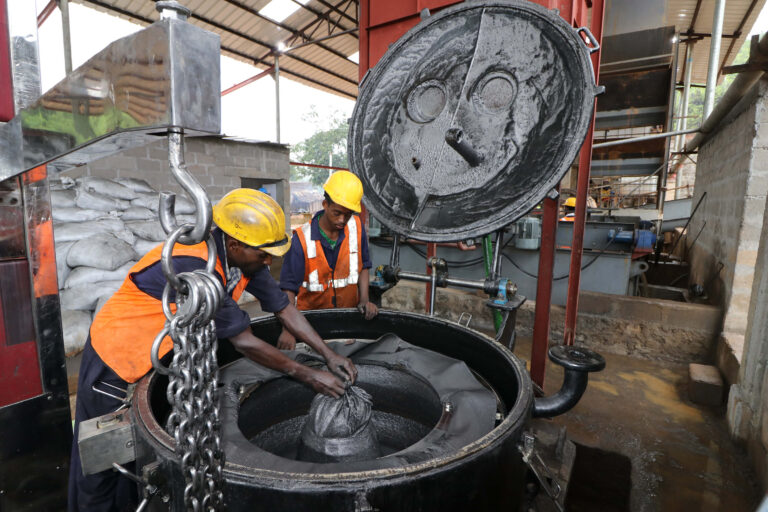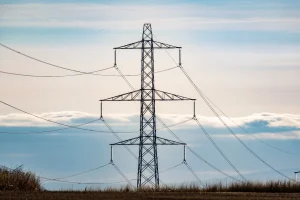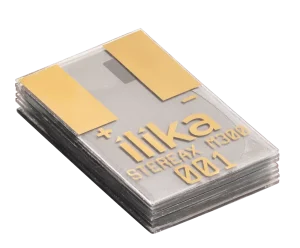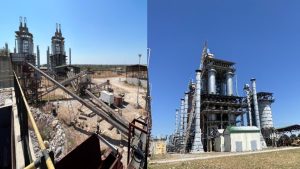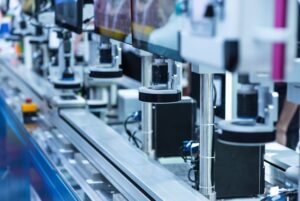As global battery adoption accelerates, especially in the electric vehicle (EV) and grid‑storage sectors, the reliance on graphite is intensifying. What makes the situation particularly noteworthy is that the majority of natural graphite supply remains highly concentrated in a small number of jurisdictions and faces limitations in how quickly mining capacity can be scaled.
In parallel, synthetic graphite has gained prominence due to its consistency and high purity levels, which are appealing for battery manufacturers. Yet this synthetic route brings its own set of trade‑offs: it is energy intensive, often dependent on fossil‑derived inputs, and thus introduces sustainability concerns.
Key next‑step developments appear to lie in two domains: first, greener synthesis methods that rely on renewable carbon sources or waste feedstocks; and second, enhanced recycling of graphite from spent battery anodes, creating a secondary source that could relieve pressure on virgin extraction. Emerging technologies, including biomass‑derived carbon precursors, microwave or plasma‐assisted graphitisation, and advanced recycling flows aimed at recovering graphite from end‑of‑life batteries, are increasingly coming into focus.
Tirupati Graphite PLC (LON:TGR) is a fully integrated specialist graphite and graphene producer, with operations in Madagascar and Mozambique. The Company is delivering on this strategy by being fully integrated from mine to graphene. Its global multi-location operations include primary mining and processing in Madagascar, hi-tech graphite processing in India to produce specialty graphite, and a state-of-art graphene and technology R&D center to be established in India.


